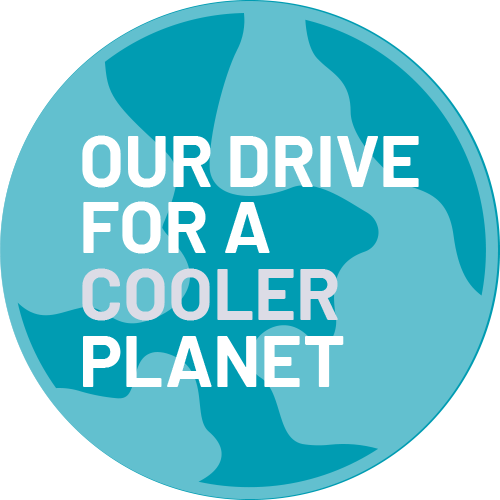Case Study
Improved quality and efficiency achieved in carding process

Problem
The carding process disentangles, cleans and intermixes fibres through a series of rollers in a carding machine. The stripping roller removing the condensed fibres, in this case, was mechanically linked to the condensing roller. This meant adjusting its speed was a long and tedious process, costing time and efficiency. In some cases, it meant different carding machines had to be used depending on the type and quality of the web required.
Solution
An electric motor was fitted directly to the take-off roller. This meant it could be easily and accurately controlled by the P2 VFD to desired motor speeds. Having a different speed stripping the fibres from one roller to another allows for improvement in the quality of the lighter or heavier webs produced. More importantly, being able to use one machine for a range of end products without having to alter the roller mechanically makes the process more efficient and cost-effective.
Itekdrives
Replacing a mechanically driven roller on a carding machine with an electric motor controlled one has improved the quality of the material produced with variable frequency drive technology.
Carding machines used in the non-woven industry operate a series of rollers to collect and strip bulk fibres into a web. The resulting fibre is then used for a range of end uses, including padding and high-quality wool yarn.
A South African company wanted to improve the process by being able to control the speed of the stripper roller to handle lighter and heavier webs.
iTekDrives, a sales partner of Invertek Drives in South Africa, worked with their Regional Partner, Motion Tronics, to help produce a solution for the end user with an Optidrive P2 IP66 rated, 400v three-phase VFD.
Mechanically linked roller replaced with an electric motor
“The carding process disentangles, cleans and intermixes fibres through a series of rollers in a carding machine,” explained Brad Potter of Motion Tronics. “The stripping roller removing the condensed fibres, in this case, was mechanically linked to the condensing roller.
“This meant adjusting its speed was a long and tedious process, costing time and efficiency. In some cases, it meant different carding machines had to be used depending on the type and quality of the web required.”
“An electric motor was fitted directly to the take-off roller. This meant it could be easily and accurately controlled by the P2 VFD to desired motor speeds.
Improved quality in the product and efficiency
“Having a different speed stripping the fibres from one roller to another allows for improvement in the quality of the lighter or heavier webs produced. More importantly, being able to use one machine for a range of end products without having to alter the roller mechanically makes the process more efficient and cost-effective.”
A 400V, 3 phase, 0.5kW, 1,400rpm electric motor was used on the roller. The Optidrive P2 with IP66 rated enclosure was chosen to control it because of its proven high-performance in demanding applications.
Optidrive P2 easily installed and commissioned
An Optidrive P2 IP66 rated 0.75kW, 2.2A, 380-480 V, 3PH was installed and commissioned. It has already proved its worth with improved quality and efficiency in the end results. In addition, it has meant less downtime to change the roller speed mechanically.
The Optidrive P2 is available in IP20, IP55 and IP66 / NEMA 4X enclosures; single and three-phase input of between 200v to 600v, 0.75kW to 250kW and 1HP to 350HP. It supports all motor types, including IM, PM, BLDC and SynRM.
Its built-in EMC filter and integral brake transistor also saves cost and time for installation.
More details about the Optidrive P2 and the complete Invertek Drives VFD range can be found at www.invertekdrives.com.















